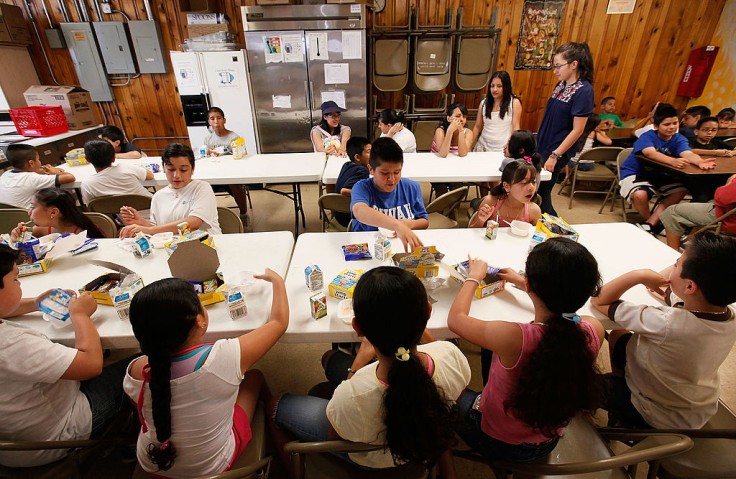
More students in America are going to school without free lunch meals. They have a hard time affording food in school. This has been happening since there was a change in policy regarding how students across America can avail of free or subsidized lunch meals in their schools.
As the winter break closes, students are reminded by their schools to pay the previous launch debt accumulated this school year.
This is the problem that numerous parents, students, and school administrations have been dealing with for quite some time now.
This comes after the federal government chose to end the aid it gave to more than 50 million American students at the schools that were allocated free lunch during the pandemic.
School lunch debt
The alarmingly increasing school lunch debts are exposing the students of America to hunger.
A brand new nationwide survey by the School Nutrition Association published on Wednesday shows that 847 schools have accumulated $19.2 million in school lunch debt.
The amount of money owed for school lunches varies from state to state.
According to USA Today, as of November 1, 2022, the total state debt for North Carolina exceeded $1 million.
By October 2022, the school lunch debt of one Wisconsin school district had topped $14,000.
In addition, in December 2022, a non-profit organization known as All For Lunch made a payment totaling $130,000 to wipe out the debt of various schools in several metro area counties.
One of the reasons students are racking up debt for school lunches is that most schools need help signing up these children for the government program that provides free and reduced-cost lunches to students who qualify.
Unfortunately, the system also rejects some students, but they still cannot afford their meals at school.
According to the School Nutrition Association, some of the most significant difficulties that schools face today include rising prices, a lack of available staff, a scarcity of menu items, the discontinuation of menu items, and unpaid meal debt.
Read Also: Viral Video Features Kate Winslet Comforting a Young Interviewer by Going Into 'Mom Mode'
Federal assistance for free lunch
Last June, Congress stopped the "free lunch for all" program, which meant that low-income families were required to fill out paperwork to determine whether or not they were eligible for assistance based on their household income.
To be eligible for free lunch, a family of four must have an annual income of less than approximately $36,000.
However, realistically, many families were not able to apply for this eligibility because of the tedious process of paperwork.
Unfortunately, some families still do not have access to subsidized or free lunches even though they cannot afford school meals for their children.
Numerous non-profit organizations, donors, sponsors, and private individuals are trying to donate to schools to help these institutions feed their students.
On the brighter side, TwinCities reported that Minnesota would be the next state to make school lunch free for every student.
In addition, states like Pennsylvania, Massachusetts, Vermont, and Nevada chose to continue to give free lunches to every student in their schools.